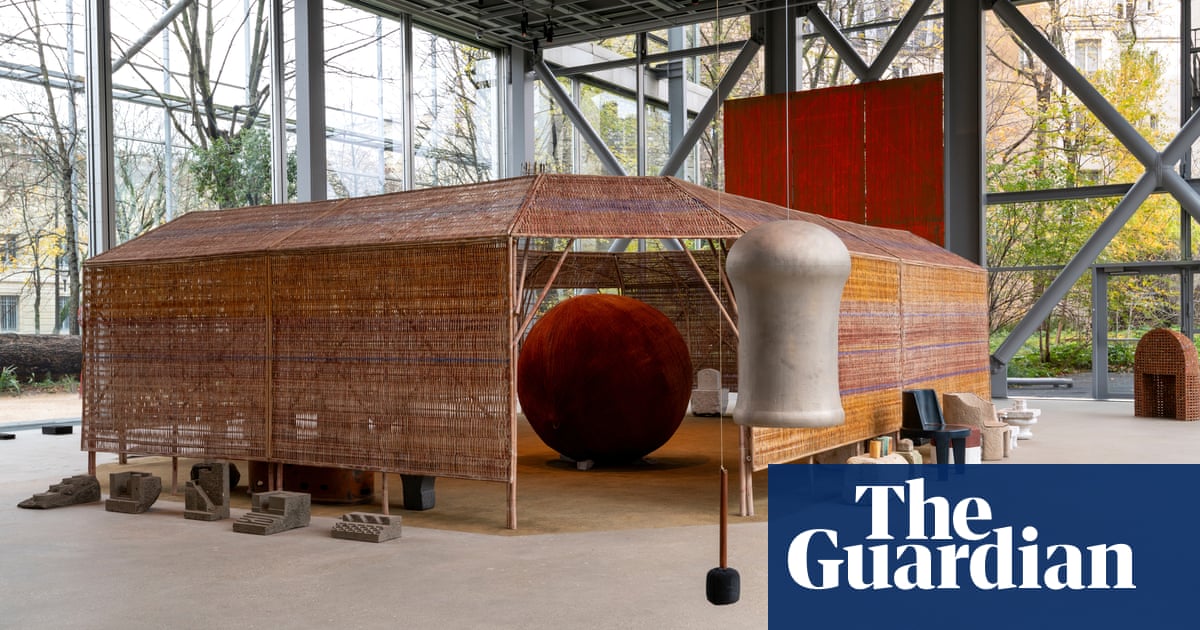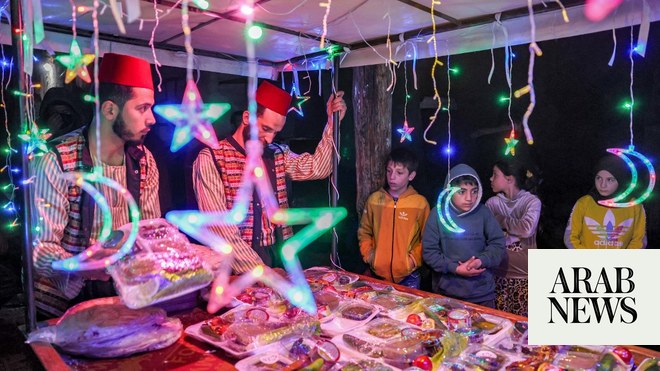
SRINAGAR: Famous throughout the world, Kashmir’s centuries-old papier-mache craft has been ruptured by conflict and the coronavirus pandemic.
Now on the verge of extinction, some artists are trying to introduce innovation to keep it alive.
The emergence of the art of papier-mache accompanied the advent of Islam in the region. It was introduced to Kashmir by Sufi scholar Mir Sayyid Ali Hamadani, who arrived from Persia with skilled craftsmen in the 14th century.
Deeply interwoven with tradition, the art has been passed down from generation to generation. In 2019, the local government patented papier-mache as a regional art form, but the unrest that followed the abrogation of Kashmir’s semi-autonomy in August that year, and the pandemic soon after, dealt a major blow to the industry, making the younger generation less willing to practice it.
Papier-mache vases, cups, boxes, trays, and other decorative items are made of repulped paper that has been mixed with glue or paste so that it can be molded. They are beautifully decorated in Oriental motifs and handsomely lacquered with colorful paint.
They are usually produced at small workshops at homes in the old part of Srinagar, the region’s main city.
“I think 5 percent of Kashmir’s population is involved in this profession, but the trend is such that many of them are leaving the traditional art, and very few youngsters are preferring to come to this profession,” Syed Javed Iqbal, a third-generation papier-mache artist in Srinagar, told Arab News.
“There is less money in this that’s why the new generation does not want to come to this traditional art.”
From Kashmir, most of the items are exported to other parts of India and abroad. Besides decorative items, papier-mache handicrafts include reading desks for reciting the Qur’an, and even small furniture items depicting life and historical scenes from Mughal courts.
“Some niche products go to the US and European markets,” Iqbal said. “Products like camels, elephants, gift boxes, and all also go to the Middle East.”
HIGHLIGHT
Arrival of the art form in the 14th century accompanied the advent of Islam in the region.
While Iqbal hopes his son will inherit the profession and family legacy, other artisans are less hopeful about its future. They say that with the craft’s decreasing popularity, the amount of time and effort it requires does not make it sustainable.
Shabeer Husain Dar has been decorating papier-mache items for the past 17 years. He earns $60 a month, which is hardly enough to maintain his family of four.
“The young generation does not want to learn papier-mache technique and if the trend continues like that this art will disappear,” he said. “I wouldn’t like my sons to join this profession, because there is no money and the wage that you get is too little to run a family.”
Exports have lately plunged, with the Kashmir Chamber of Commerce estimating that few artists are now able to earn more than $4 a day.
“The traditional art which is linked to Kashmir’s identity is facing an existential crisis,” the chamber’s president, Sheikh Ashiq Ahmad, told Arab News. “Export has declined by 40 to 50 percent in the last few years.”
He said that either government intervention to save the “dying industry” or innovation were needed to keep it afloat.
While the former is not yet in sight some people, such as 26-year-old Shafiya Shafi, are trying to mix papier-mache with other techniques.
The self-taught artisan from Srinagar started to apply traditional ornaments to objects made of clay.
“I tried to create a fusion,” she said. “I customized the papier-mache design into wedding gifts and decorations. It enhanced the value of the product and people started demanding it.”
While her attempts are welcomed by customers, not all of those whose families have been practicing the craft for centuries are supportive of them, seeing the fusion of techniques as distorting the traditional art.
But unlike them, the young artist’s workshop is continuously receiving commissions from Kashmir and beyond.
Shafi told Arab News she has been trying to convince other artisans to be innovative as well. “I tell them that for any art to survive you need the modern touch,” she added.












